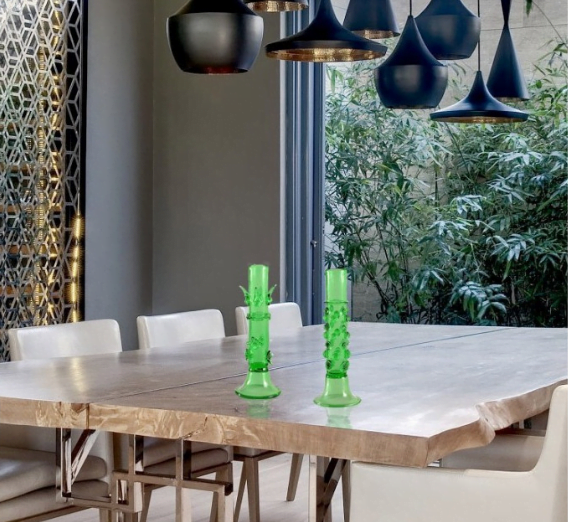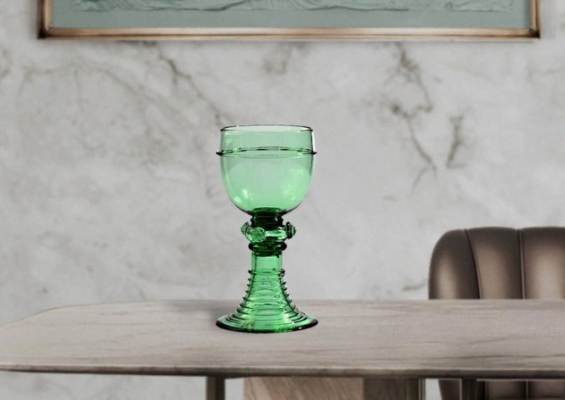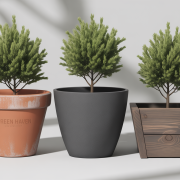Venice is a wonderful city that carries an irreplaceable cultural and historical heritage. According to tradition it was born on 25th March 421 when the first population occupied the island of Rivus Altus, known as Rialto today.
This was the period of the first barbarian invasions in Veneto, where the local population had to find a protective place against them. The choice inevitably fell on a small lagoon of islands and mud, where the city of Venice shines now. The sea was seen as a protection against outsiders, as it was very difficult to arrive in the lagoon without knowing the exact path to follow.
People started to build pile dwellings in the beginning, but sooner they became real villages on water. If you think about it, the buildings’ structure is quite impressive for that period.
The first population mainly lived by fishing and salt trade, as they were the only ones operating in this field. Venice habitants were watermen and boatmen: the only ones knowing how to navigate the complex net of canals within the Venetian lagoon. Soon enough, they started to build agile galleys on their own and became the most reliable gateway to the East.
In the XI century, Venice took advantage of the slow decadence of the Byzantine Empire to become an autonomous power. After centuries of feudalism and barbarism, Venice’s government was a symbol of civilization. In a certain way, it was very close to the concept of democracy we now are familiar with.
During the Middle Age, people witnessed the rise of Venice as an important economic power. Its commercial activity was the most relevant in all of Europe, in particular for the trade with the East market. This powerful city started to decline only after the discovery of America, as new sea routes were found.

Among the many islands of the Venetian lagoon, you can find Murano, where its renowned glassmaking activity has represented an important commercial sector since the XIII century. Here, artisans have given birth to beautiful and unique pieces of art requested from all around the world.
Even though the glass production was located in the center of Venice, the Doge decided to move it to Murano for safety reasons. During the rise of the Venetian Republic, many other powers tried to steal the refined tradition of glassmaking art. it was necessary to protect Venetian glass Masters. This secular tradition has been passed on until our days.
On the website of YourMurano, you may check the most recent creations. If you want to embellish your table with unique pieces or to give a special gift, you will find a wide range of choices. In particular, the Medieval Goblets are a reminder of the commercial and economic power that Venice was. With their sophisticated and elaborate forms, these goblets will leave all your guests astonished. Our Masters shaped the glass to create these inimitable objects, tracing back to the Middle Ages. Whatever the color or the design, they are historical pieces of medieval art!













Comments